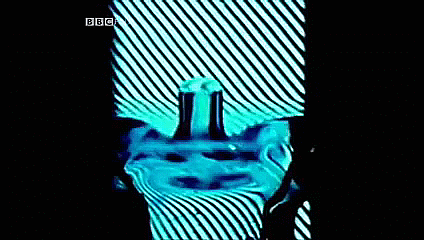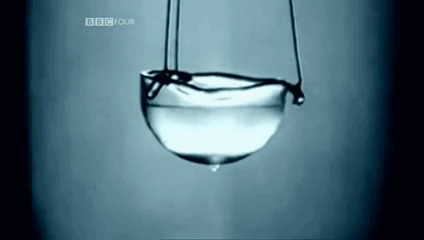Superfluidity consists of an anomalous liquid state of quantum nature which is under a very low temp
Superfluidity consists of an anomalous liquid state of quantum nature which is under a very low temperature behaving as if it had no viscosity and exhibiting an abnormally high heat transfer. This phenomenon was observed for the first time in liquid helium and has applications not only in theories about liquid helium but also in astrophysics and theories of quantum gravitation.Helium only ends boiling at 2.2 K and is when it becomes helium-II (superfluid helium), getting a thermal conductivity increased by a million times, in addition to becoming a superconductor. Its viscosity tends to zero, hence, if the liquid were placed in a cubic container it would spread all over the surface. Thus, the liquid can flow upwards, up the walls of the container. If the viscosity is zero, the flexibility of the material is non-existent and the propagation of waves on the material occurs under infinite velocity.Because it is a noble gas, helium exhibits little intermolecular interaction. The interactions that it presents are the interactions of Van der Waals. As the relative intensity of these forces is small, and the mass of the two isotopes of helium is small, the quantum effects, usually disguised under the thermal agitation, begin to appear, leaving the liquid in a state in which the particles behave jointly, under effect of a single wave function. In the two liquids in which cases of superfluidity are known, that is, in isotopes 3 and 4 of helium, the first is composed of fermions whereas the second is composed of bosons. In both cases, the explanation requires the existence of bosons. In the case of helium-3, the fermions group in pairs, similar to what happens in the superconductivity with the Cooper pairs, to form bosons.Helium’s liquidity at low temperatures allows it to carry out a transformation called Bose–Einstein condensation, in which individual particles overlap until they behave like one big particle.Superfluid in astrophysicsThe idea of superfluids existed within neutron stars was proposed by Russian physicist Arkady Migdal in 1959. Making an analogy with Cooper pairs that form within superconductors, it is expected that protons and neutrons in the nucleus of a star of neutrons with sufficient high pressure and low temperature behave in a similar way forming pairs of Cooper and generate the phenomena of superfluidity and superconductivity.The existence of this phenomenon was proven by NASA in 2011 when analyzing the neutron star left by supernova Cassiopeia A.sources: 1, 2, 3 & 4 animation: 1 & 2 -- source link
Tumblr Blog : wonders-of-the-cosmos.tumblr.com
#superfluid#superfluido#physics#fisica#quantumphysics#fisicaquantica#bosons#fermions

